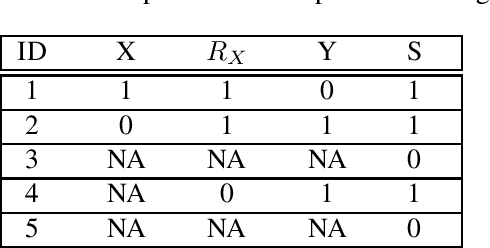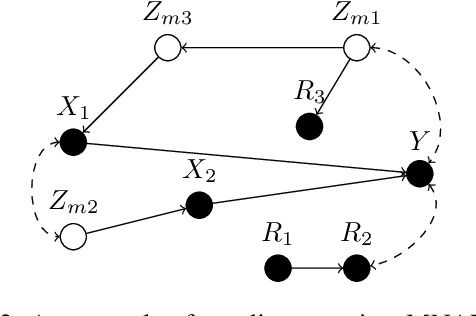Mojdeh Saadati
Out-of-distribution detection algorithms for robust insect classification
May 02, 2023Abstract:Deep learning-based approaches have produced models with good insect classification accuracy; Most of these models are conducive for application in controlled environmental conditions. One of the primary emphasis of researchers is to implement identification and classification models in the real agriculture fields, which is challenging because input images that are wildly out of the distribution (e.g., images like vehicles, animals, humans, or a blurred image of an insect or insect class that is not yet trained on) can produce an incorrect insect classification. Out-of-distribution (OOD) detection algorithms provide an exciting avenue to overcome these challenge as it ensures that a model abstains from making incorrect classification prediction of non-insect and/or untrained insect class images. We generate and evaluate the performance of state-of-the-art OOD algorithms on insect detection classifiers. These algorithms represent a diversity of methods for addressing an OOD problem. Specifically, we focus on extrusive algorithms, i.e., algorithms that wrap around a well-trained classifier without the need for additional co-training. We compared three OOD detection algorithms: (i) Maximum Softmax Probability, which uses the softmax value as a confidence score, (ii) Mahalanobis distance-based algorithm, which uses a generative classification approach; and (iii) Energy-Based algorithm that maps the input data to a scalar value, called energy. We performed an extensive series of evaluations of these OOD algorithms across three performance axes: (a) \textit{Base model accuracy}: How does the accuracy of the classifier impact OOD performance? (b) How does the \textit{level of dissimilarity to the domain} impact OOD performance? and (c) \textit{Data imbalance}: How sensitive is OOD performance to the imbalance in per-class sample size?
Adjustment Criteria for Recovering Causal Effects from Missing Data
Aug 13, 2019



Abstract:Confounding bias, missing data, and selection bias are three common obstacles to valid causal inference in the data sciences. Covariate adjustment is the most pervasive technique for recovering casual effects from confounding bias. In this paper, we introduce a covariate adjustment formulation for controlling confounding bias in the presence of missing-not-at-random data and develop a necessary and sufficient condition for recovering causal effects using the adjustment. We also introduce an adjustment formulation for controlling both confounding and selection biases in the presence of missing data and develop a necessary and sufficient condition for valid adjustment. Furthermore, we present an algorithm that lists all valid adjustment sets and an algorithm that finds a valid adjustment set containing the minimum number of variables, which are useful for researchers interested in selecting adjustment sets with desired properties.
 Add to Chrome
Add to Chrome Add to Firefox
Add to Firefox Add to Edge
Add to Edge